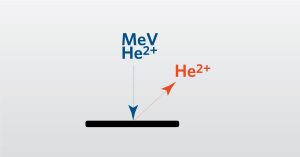
RBS Webinar
In this webinar we will focus on Rutherford Backscattering Spectrometry (RBS) which is a thin film analysis technique
Home » Delamination of Food Packaging
The global food packaging market is projected to grow from $338.34 billion in 2021 to $478.18 billion in 2028 at a CAGR rate of 5.1%. Food packaging is used for a variety of purposes including contamination protection, convenience, and portion control.
A client wanted to investigate the failure of a multilayer laminate used for food packaging. Lots of roll stock did not meet the seal strength specification; bad lots exhibited seal strengths that were an order of magnitude lower than the known good lots.
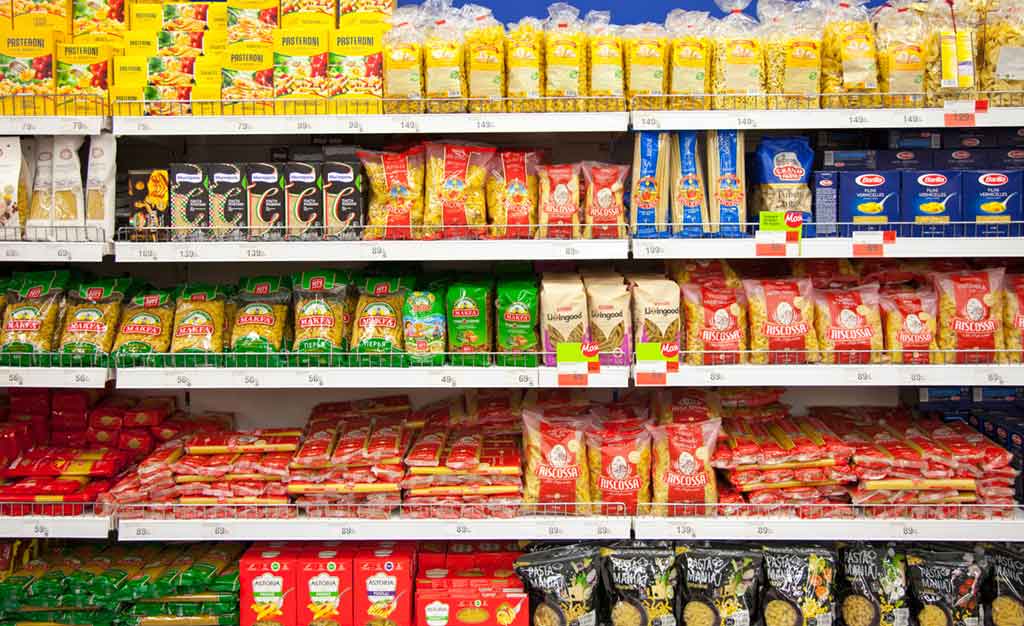
Cross-sections of samples from the seal strength test were prepared using a cryo-microtome. The failure location for samples analyzed from good and bad lots were different; laminates that failed the test exhibited a mixed mode failure of the adhesive between polyolefin and polyester layers, whereas laminate that passed the test delaminated between the foil and polyester layers. Based on pyrolysis GC-MS of the adhesive, polyurethane species were detected in the desorption step for the bad lots and only in the pyrolysis step for the good lots. In addition, the adhesive from the bad lots had lower average molecular weight values and a higher polydispersity index.
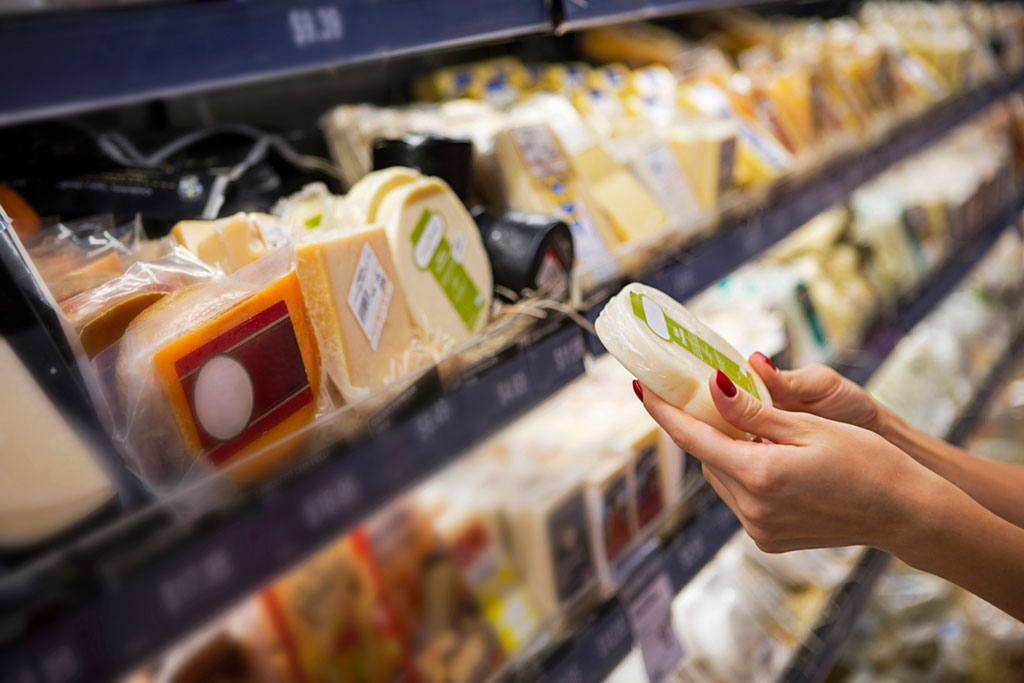
Results indicate that the reduced seal strength was due to degraded adhesive in the bad laminate lots.
For more than 50 years, scientists and engineers at Eurofins EAG have investigated and resolved product failures for clients. Our team of experts identify key failure indicators and follow them to the root cause.
Failure analysis of plastics, thermosets, and rubber materials is commonly performed on finished products and typically involve comparative analysis between failed and non-failed samples. Once the potential root cause is identified, experiments can be designed and conducted to test the hypothesis and recreate the failure in the laboratory. Eurofins EAG can evaluate a variety of polymer types, including:
Eurofins EAG Laboratories offers a full suite of analytical techniques to evaluate the identity, composition, morphology, topography, and rheology of polymeric materials and components.
Call +1 800-366-3867 or email us.

In this webinar we will focus on Rutherford Backscattering Spectrometry (RBS) which is a thin film analysis technique
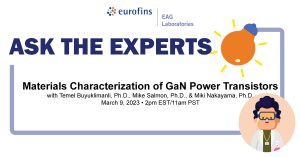
Demand for compound semiconductors has rapidly grown recently. During this live event we answered questions surrounding the Materials Characterization of GaN HEMT power transistors.
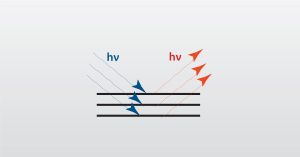
In this webinar we will focus on Spectroscopic Ellipsometry (SE) which is a powerful analytical tool for the characterization of thin films.
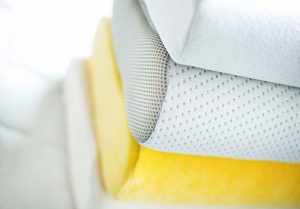
Analytical testing to support changes in raw materials and processing conditions used in manufacturing memory foam, as well as odor
To enable certain features and improve your experience with us, this site stores cookies on your computer. Please click Continue to provide your authorization and permanently remove this message.
To find out more, please see our privacy policy.